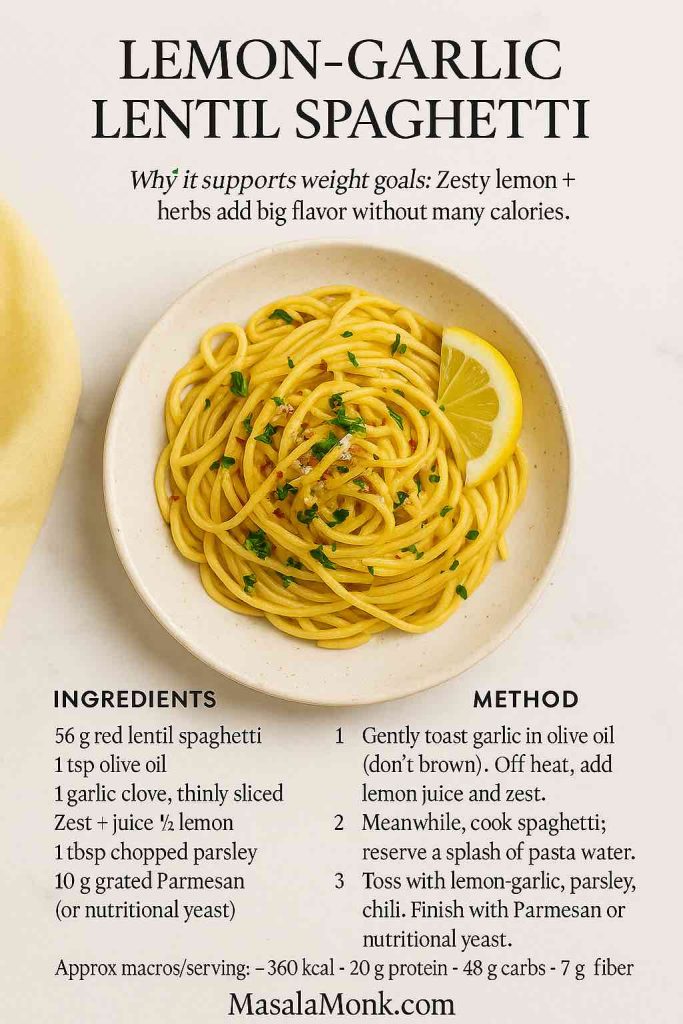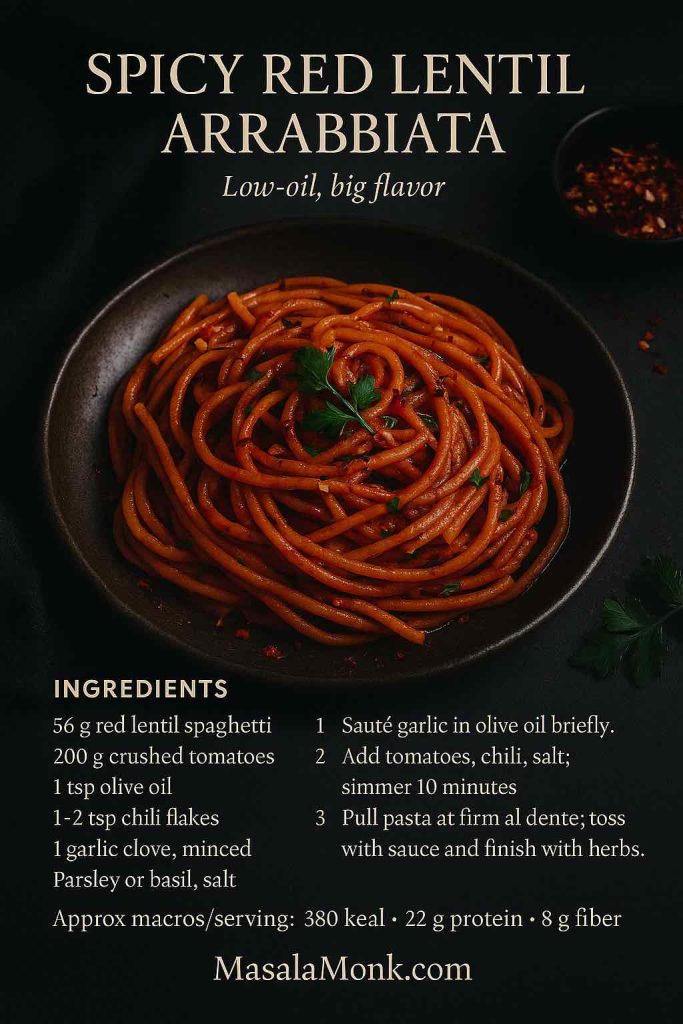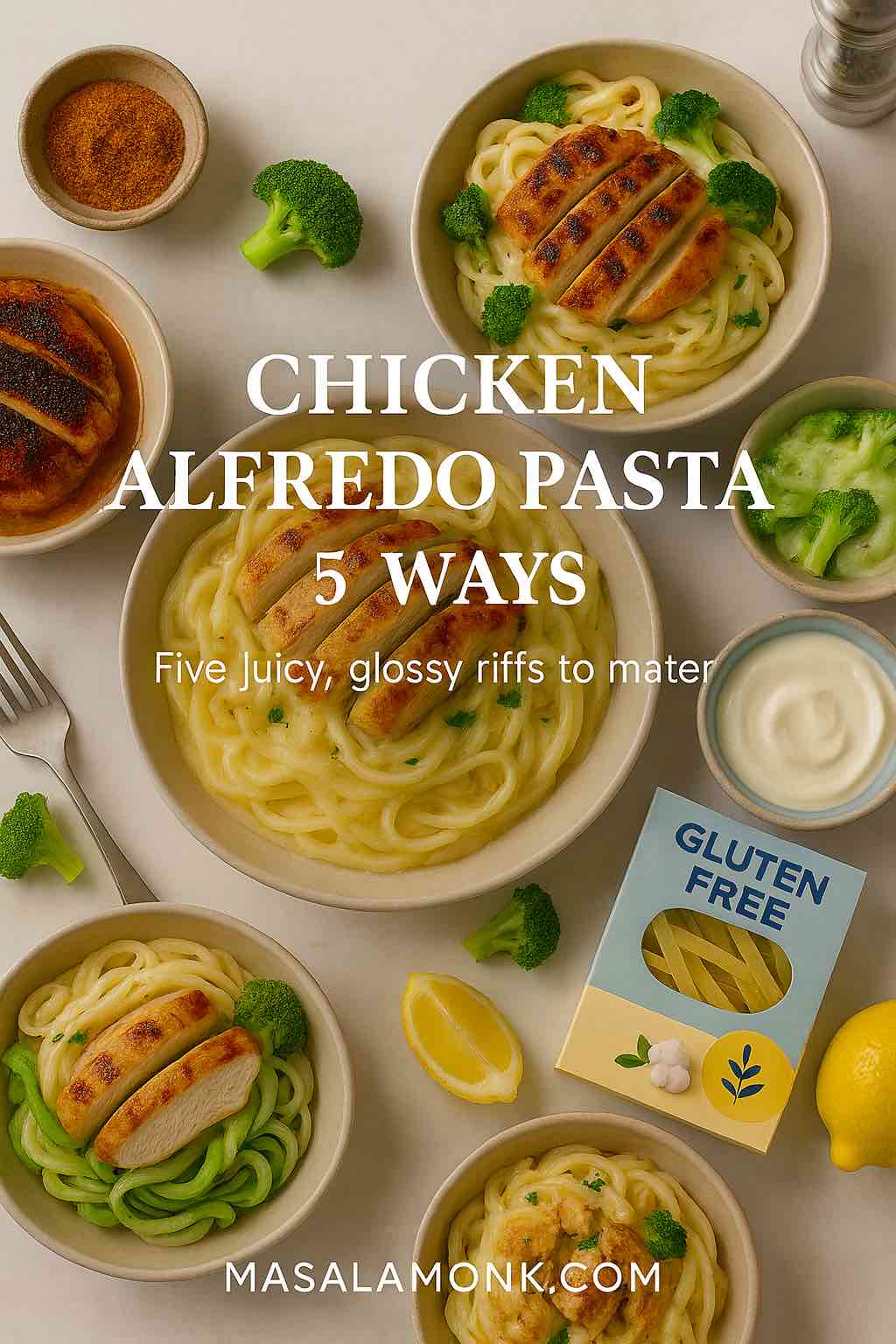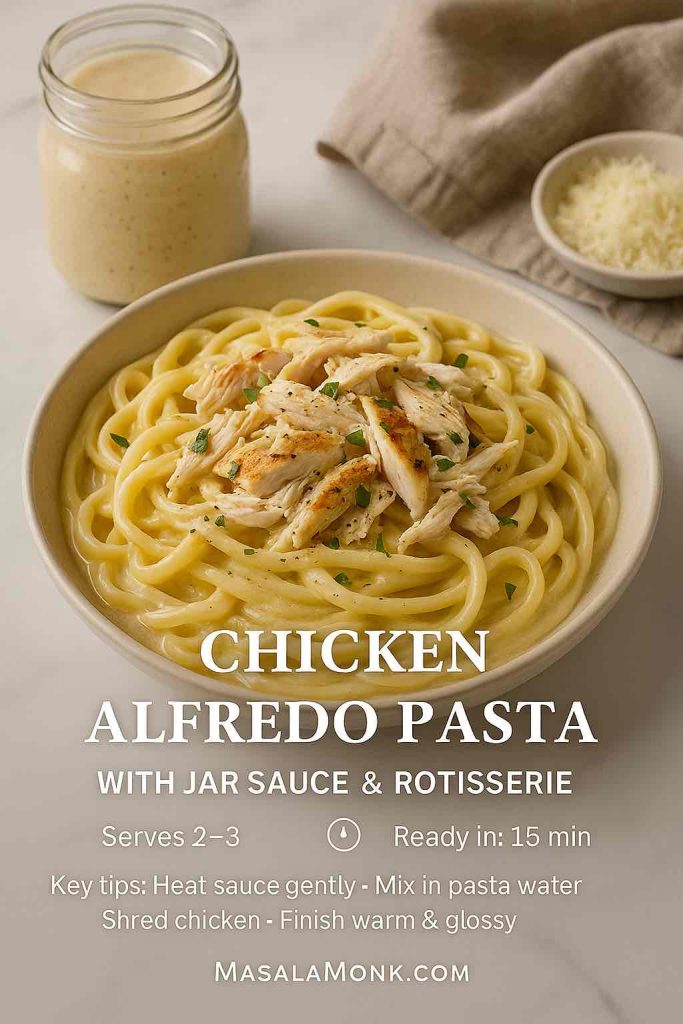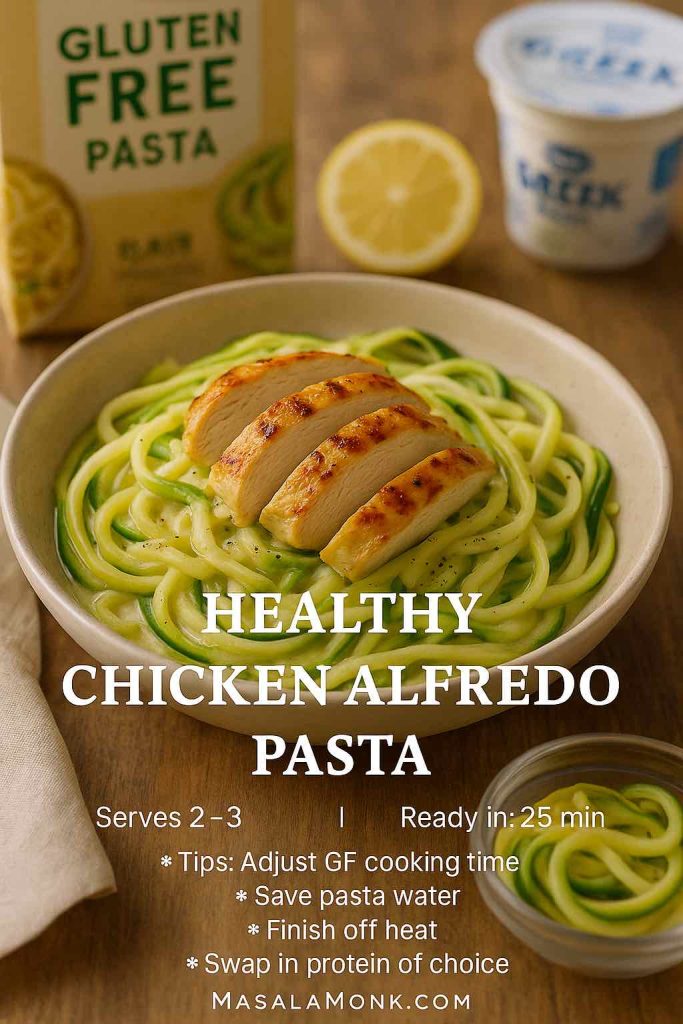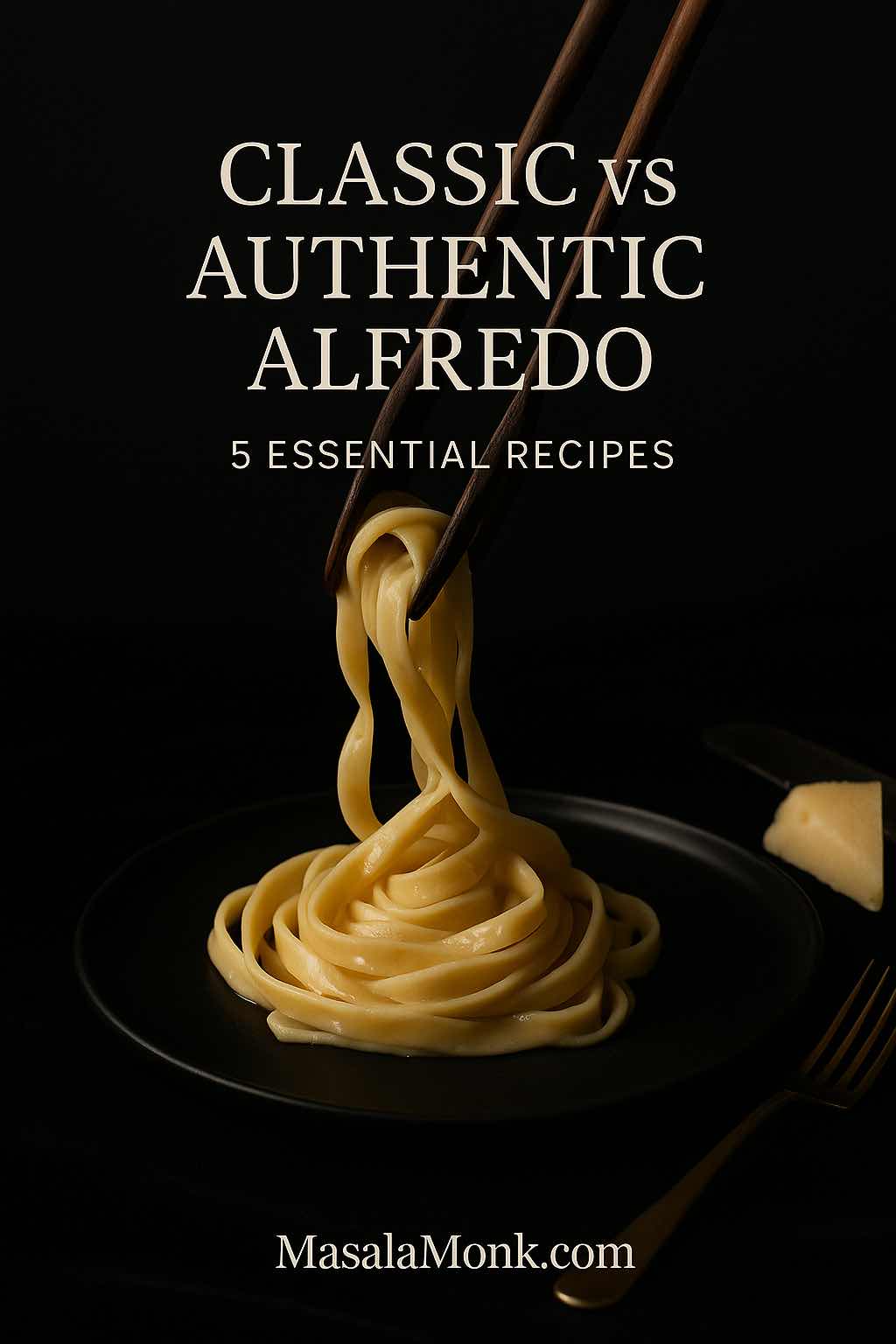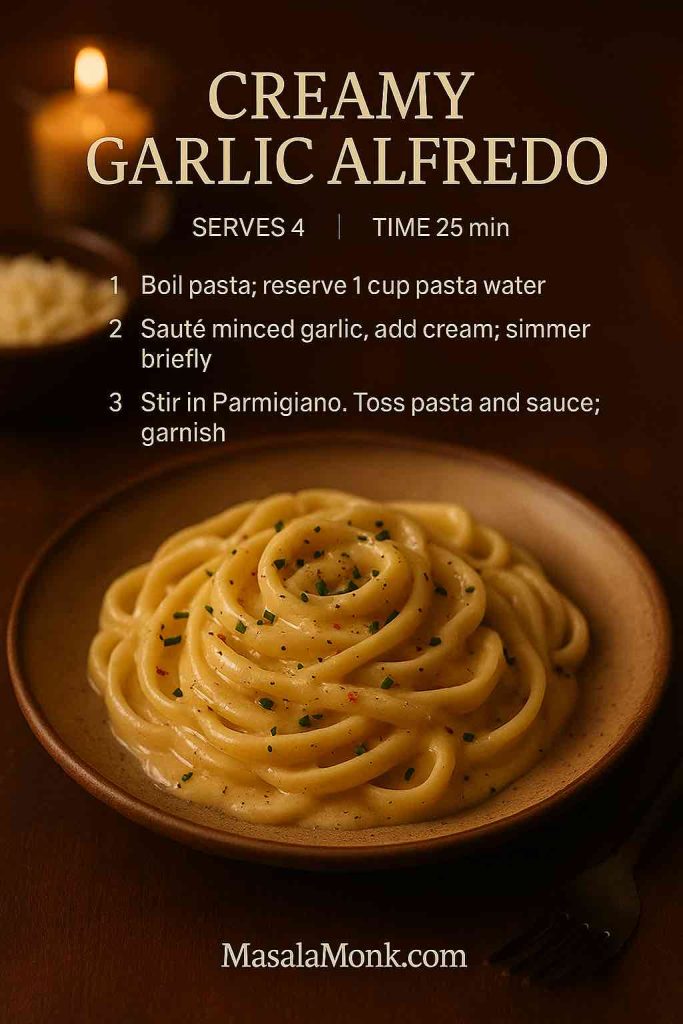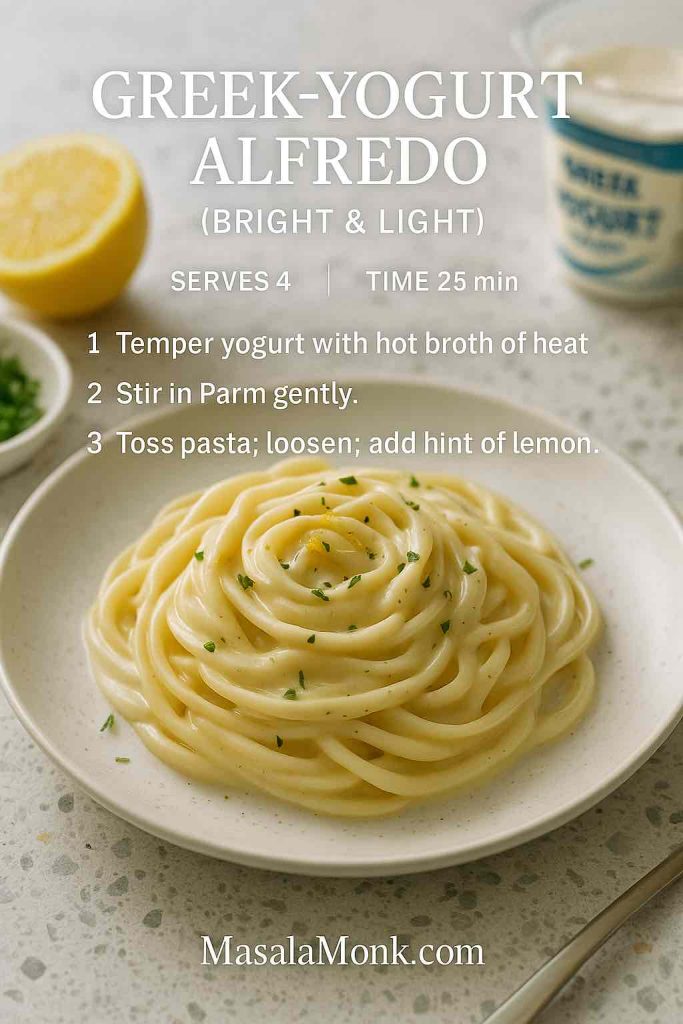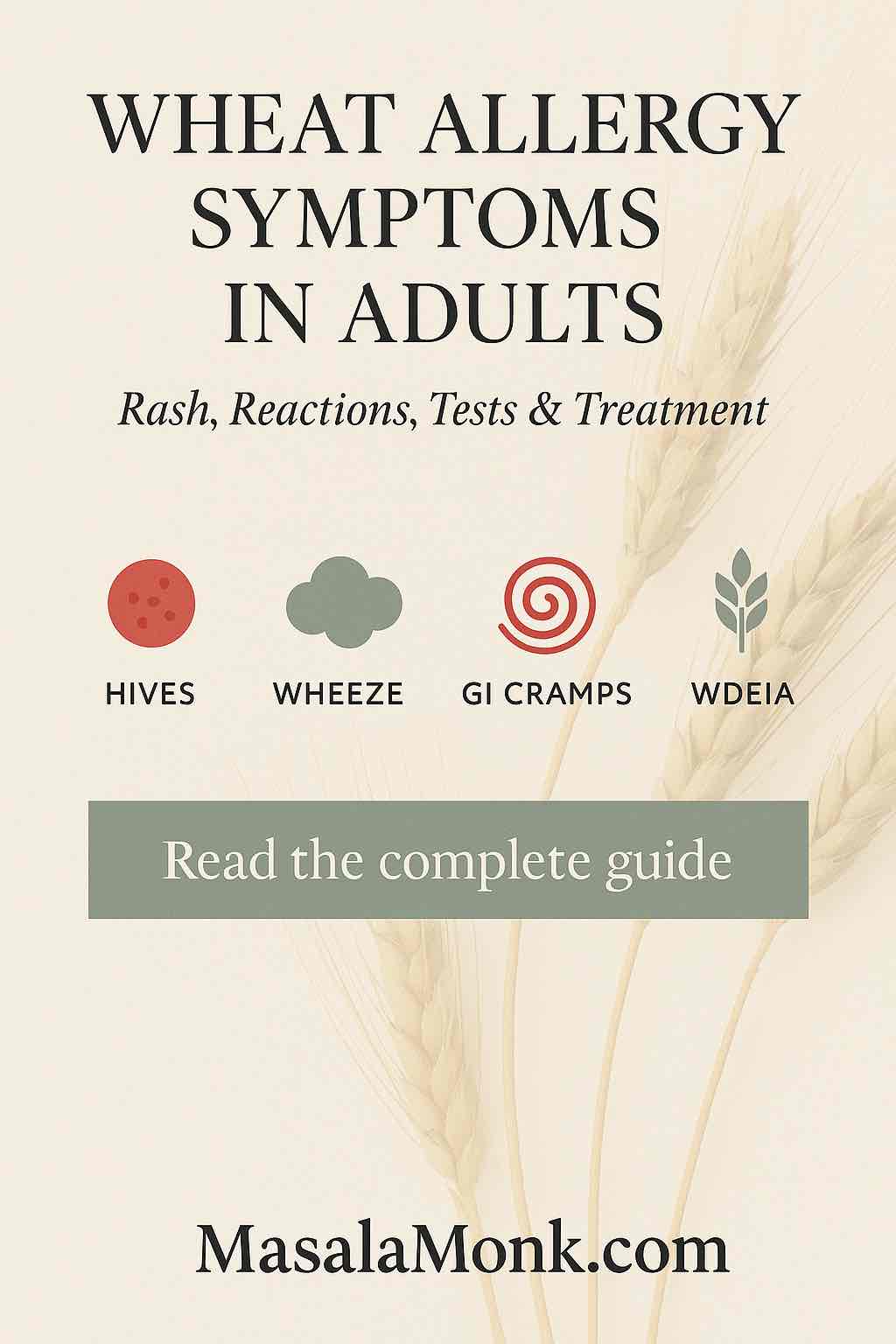
A lemon drop martini recipe should shimmer before it even touches your lips. The coupe arrives frosted, the sugar rim sparkles, and the perfume of fresh lemon lifts from the surface as the first sip lands—brisk, balanced, and beautifully cold. Right away, you understand why this cocktail never really leaves the conversation. It’s bright, it’s friendly, and it’s elegant enough for a dinner party while still being easy to master at home. Moreover, the build rewards care rather than complication, which means smart ratios and fresh juice do most of the heavy lifting. Once you learn a handful of simple moves, you can pour a clean classic, a sleek three-ingredient version, or a velvet-soft limoncello riff without losing the drink’s snap.
Although the Lemon Drop feels modern, its bones are classic: spirit, citrus, and sugar set into luminous balance. Additionally, a restrained sugar rim frames the glass without tipping it into dessert territory. Meanwhile, a proper shake gives the drink its glossy body, while a quick fine-strain keeps shards of ice and pulp out of the picture. For origin notes and bartender-standard specs, you can cross-check proportions against Liquor.com’s classic Lemon Drop recipe as well as Difford’s Guide—Lemon Drop Martini. Furthermore, if you enjoy cultural context and modern tweaks, this feature offers a fast, readable backdrop: Rescuing the Lemon Drop.
Classic Lemon Drop Martini Recipe (Your Bright Baseline)
Yield: 1 cocktail
Glass: Chilled coupe (4–6 oz)
Ingredients
- 2 oz (60 ml) vodka
- ¾ oz (22 ml) Cointreau or quality triple sec
- 1 oz (30 ml) fresh lemon juice, fine-strained
- ½ oz (15 ml) simple syrup (1:1), or to taste
- Superfine sugar for the rim
- Lemon twist or very thin wheel

Method
- Chill a coupe until frosty.
- Lightly moisten the outside rim with a lemon wedge, then dip in superfine sugar. Keep the rim delicate.
- Add vodka, Cointreau, lemon, and syrup to a shaker with firm, dry ice.
- Shake briskly for 12–15 seconds until the tin frosts and the sound tightens.
- Fine-strain into the glass. Express a lemon peel over the surface; garnish neatly.
The balance here favors brightness over sweetness, so the finish stays clean. The orange liqueur connects vodka’s neutrality to lemon’s zestiness, while the syrup polishes the edges once dilution arrives from the shake. If you want a quick technique refresher, this primer shows the fundamentals clearly: how to shake a cocktail. Likewise, for a fast rule of thumb on mixing style, this is useful: when to shake vs. stir.
Why This Lemon Drop Martini Recipe Holds Its Shape
Great sours read like a well-edited paragraph. First, two ounces of vodka give structure without shouting. Next, three-quarters of an ounce of orange liqueur adds a citrus perfume and gentle weight. Then, a full ounce of lemon sets a bright focal point. Finally, half an ounce of simple syrup rounds everything the moment cold water joins during the shake. As a result, the sip flashes fresh lemon first, glides across the palate, and ultimately finishes clean. Even better, the proportions respond elegantly to small adjustments, so you can fine-tune sweetness or acidity by a single barspoon and feel the difference immediately.
Orange liqueur choice changes the mood with surprising clarity. Cointreau leans dry and linear; for quick brand context, see What is Cointreau (triple sec). Grand Marnier adds cognac depth and a rounder mouthfeel; for house style, visit Grand Marnier. Therefore, if you swap in Grand Marnier, you may trim the syrup slightly so the cocktail stays bright rather than plush.
3-Ingredient Lemon Drop Martini Recipe (No Triple Sec)
Some nights call for minimalism. Happily, the three-ingredient version keeps the silhouette while tightening the focus on fresh lemon.
Ingredients
- 2 oz (60 ml) vodka
- 1 oz (30 ml) fresh lemon juice
- ½–¾ oz (15–22 ml) simple syrup

Method
Shake hard with plenty of ice, fine-strain, and garnish with a narrow twist. Start at ½ oz syrup if your lemons are gentle; move toward ¾ oz if they taste extra tart. With the orange liqueur out, the syrup takes over the smoothing. Even so, the drink remains lively rather than sugary when the lemon is fresh and the shake is cold.
Limoncello Lemon Drop Martini (Velvet Citrus)
Limoncello brings its own sweetness, so it stands in for part of the syrup while reinforcing lemon’s perfume.
Ingredients
- 1½ oz (45 ml) vodka
- 1 oz (30 ml) limoncello
- 1 oz (30 ml) fresh lemon juice
- ¼–½ oz (7–15 ml) simple syrup, to taste

Method
Shake with ice until deeply cold. Fine-strain into a rimmed coupe and garnish with a slim twist. The profile lands softer and silkier, although it still reads crisp if you keep syrup restrained. For an at-a-glance comparison with other limoncello builds, you can peek at this concise reference: limoncello riff.
Choosing Vodka for a Lemon Drop (Clarity First)
The best vodka for a Lemon Drop tastes clean and finishes smooth. Naturally, labels such as Ketel One, Tito’s, Grey Goose, and Absolut appear frequently behind bars because they’re consistent. Lemon-flavored vodkas—like Absolut Citron or Ketel One Citroen—can add a subtle peel aroma and a touch of sweetness. In that case, reduce your simple syrup slightly and taste before adjusting further. If the flavored vodka is noticeably sweet, you might skip syrup entirely and rely on the liqueur plus lemon to carry the balance.
Sugar Rim, Garnish, and Presentation
A refined rim frames the cocktail like good tailoring. Superfine sugar dissolves instantly, so the first sip isn’t crunchy or clumpy. A thin coin of lemon peel expressed over the glass sets a bright top note, and a narrow twist perched at the edge keeps the surface glossy. Also, rimming only the outside of the glass prevents sugar from sliding into the drink and dulling the texture. Finally, chilling glassware matters more than people think; a cold coupe preserves the sheen you worked to build in the shaker.
For a citrus project that keeps the theme going in the kitchen, this silky dessert spreads sunshine on everything from scones to tart shells: silky smooth lemon curd.
Simple Syrup, Rich Syrup, and Clean Flavor
Syrup is simple, yet quality shows. Equal parts white sugar and hot water stirred clear make a bright 1:1 syrup. A rich 2:1 syrup gives extra silk at smaller volumes and stores longer in the fridge. Label jars with dates, keep lids tight, and replace when flavors fade. Because syrup shapes mouthfeel, small changes echo through the glass; adjust in teaspoons, not tablespoons.
If fruit-forward cocktails interest you, these long-form reads travel the same citrus road while exploring different textures and spirits: mango vodka cocktail drinks and vodka with lemon.
Fruit & Floral Riffs (Same Grammar, New Accent)
Bright lemon loves berries. These riffs keep the lemon drop martini recipe structure—spirit, fresh lemon, and controlled sweetness—while weaving in fruit that looks stunning and tastes vivid. Each version includes a balanced cocktail spec, a matching shot, and a quick frozen option. You’ll also find a fast berry syrup method so everything stays fresh and consistent.
Quick Berry Syrup (Works for All Riffs)
Yield: ~240 ml (1 cup) • Keeps: 1–2 weeks refrigerated
- 1 cup berries (strawberry hulled & sliced; blueberry whole; raspberry/blackberry gently rinsed)
- 1 cup sugar
- 1 cup water
- Small pinch of salt (optional, to brighten)
Method:
Combine all in a small saucepan. Bring to a gentle simmer; then lower heat and cook 5–8 minutes, stirring occasionally, until berries slump and the liquid turns jewel-bright. Next, cool 5 minutes; strain through a fine mesh (press lightly for color, not pulp). Finally, bottle and chill. (If you prefer a thicker syrup, simmer 2–3 minutes longer.)
Strawberry Lemon Drop Martini (Lively, Perfumed, Crowd-Pleasing)
Cocktail
- 2 oz vodka
- ¾ oz Cointreau or quality triple sec
- 1 oz fresh lemon juice, fine-strained
- ½–¾ oz strawberry syrup (start at ½ if your syrup is sweet)

Method: Shake with firm ice until the tin frosts; fine-strain into a chilled, sugar-rimmed coupe. Garnish with a slim lemon twist or a paper-thin strawberry fan.
Why it works: Strawberries add a soft, candy-like perfume; meanwhile, orange liqueur’s pith keeps the finish grown-up. Therefore, the sip reads bright rather than sticky.
Shot (per)
- 1 oz vodka • ½ oz lemon • ¼–⅜ oz strawberry syrup • (optional) ¼ oz triple sec
Shake cold; strain into a lightly sugared shot glass.
Frozen (blender)
- 2 oz vodka • ½ oz Cointreau • 1 oz lemon • ½–¾ oz strawberry syrup • ~1 heaping cup ice
Blend smooth; pour into a frozen coupe; garnish with a tiny berry slice.
Blueberry Lemon Drop Martini (Vivid Color, Polished Finish)
Cocktail
- 2 oz vodka
- ¾ oz Cointreau
- 1 oz lemon juice
- ½–¾ oz blueberry syrup
Method: Muddle 6–8 blueberries lightly in the tin for extra hue (optional). Add remaining ingredients; shake hard; fine-strain to keep skins out. Garnish with three skewered blueberries.
Why it works: Blueberries contribute gentle tannin and deep color; consequently, the lemon feels even brighter against the velvety backdrop.
Shot (per)
- 1 oz vodka • ½ oz lemon • ¼–⅜ oz blueberry syrup
Shake cold; strain neat.
Frozen (blender)
- 2 oz vodka • ½ oz Cointreau • 1 oz lemon • ½–¾ oz blueberry syrup • ~1 heaping cup ice
Blend until glossy; finish with a single berry on the rim.
Raspberry Lemon Drop Martini (Tart Snap, Electric Pink)
Cocktail
- 2 oz vodka
- ¾ oz Cointreau
- 1 oz lemon juice
- ½ oz raspberry syrup (taste; add a barspoon more only if needed)
Method: Shake very cold; fine-strain into a chilled coupe with a delicate white-sugar rim. Garnish with a tiny lemon wheel at two o’clock.
Why it works: Raspberries bring tartness first, aroma second. As a result, the drink stays racy and incredibly photogenic.
Shot (per)
- 1 oz vodka • ½ oz lemon • ¼–⅜ oz raspberry syrup • (optional) ¼ oz triple sec
Shake; strain; serve immediately.
Frozen (blender)
- 2 oz vodka • ½ oz Cointreau • 1 oz lemon • ½–¾ oz raspberry syrup • ~1 heaping cup ice
Blend to a smooth sorbet texture; pour; dust the rim lightly with sugar.
Blackberry Lemon Drop Martini (Silky, Dark, and Dramatic)
Cocktail
- 2 oz vodka
- ¾ oz Cointreau
- 1 oz lemon juice
- ½–¾ oz blackberry syrup
Method: Shake hard with dense ice; fine-strain through a fine mesh (blackberries shed seeds). Garnish with a single blackberry and a narrow lemon twist.
Why it works: Blackberries add roundness and a faint wine-like depth; therefore, the citrus reads plush yet clear.
Shot (per)
- 1 oz vodka • ½ oz lemon • ¼–⅜ oz blackberry syrup
Shake and strain; add a micro-twist if you’re feeling fancy.
Frozen (blender)
- 2 oz vodka • ½ oz Cointreau • 1 oz lemon • ½–¾ oz blackberry syrup • ~1 heaping cup ice
Blend silky; serve in a frosted coupe; float a single blackberry.
Mixed-Berry Lemon Drop Martini (House Party Favorite)
Cocktail
- 2 oz vodka
- ¾ oz Cointreau
- 1 oz lemon juice
- ½–¾ oz mixed-berry syrup (equal parts strawberry/blueberry/raspberry)
Method: Shake briskly; fine-strain; garnish with a three-berry pick. Because the blend layers sweet, tart, and perfume, the sip feels dimensional without extra effort.
Pitcher (≈ 8 cocktails)
- 2 cups vodka • ¾ cup Cointreau • 1 cup lemon • ½–¾ cup mixed-berry syrup
Stir cold; refrigerate 2 hours. For best texture, shake each serving to order—or, for pour-from-pitcher service, add 1–1¼ cups cold water to emulate shake dilution.
Lemon Vodka & Limoncello Variations (Berry-First, Lemon-Loud)
Prefer lemon vodka or a limoncello accent? Use the same berry specs above and adjust sweetness as follows:
- With lemon vodka: Reduce syrup by a barspoon; taste and adjust.
- With limoncello (swap for ½ of the syrup): Use ¼ oz limoncello + ¼–½ oz berry syrup alongside the standard lemon and Cointreau. Shake hard; keep the sugar rim delicate so the finish stays crisp.
Use ¼–½ oz lavender syrup in place of some or all of the simple syrup, keeping total sweetness steady. Shake briefly, fine-strain, and garnish with a micro sprig. Lavender can overpower quickly; therefore, lighter hands deliver a fresher finish.
Ginger Lemon Drop Martini (Citrus with Snap)
Fold in ¼–½ oz ginger syrup and reduce simple syrup by the same amount. Shake hard and fine-strain; then add a small slice of candied ginger on a pick. The spice sharpens edges and leaves a bright echo after the swallow.
Basil Lemon Drop Martini (Herbal Lift)
Gently muddle three or four basil leaves; build the classic ratios; shake and fine-strain. A slapped basil leaf placed flat on the surface releases fragrance without turning bitter. The result sips like a garden breeze—clean, green, and citrus-forward.
For a companion set that blends tea with citrus, these bergamot-laced highballs and sours fit beautifully after a Lemon Drop course: Earl Grey iced tea cocktails.
Gin Lemon Drop Martini (Elegant and Botanical)
Ingredients
- 2 oz (60 ml) London Dry gin
- ¾ oz (22 ml) Cointreau
- 1 oz (30 ml) lemon juice
- ¼–½ oz (7–15 ml) simple syrup
Method
Shake with solid ice, fine-strain, and garnish with a lemon twist. Juniper and citrus overlap gracefully, so the drink tastes a shade drier and more aromatic than the vodka original. Nevertheless, the sugar rim still makes sense because it frames the sharper botanicals with a soft edge.
Tequila Lemon Drop Martini (A.K.A. Lemon Drop Margarita)
Ingredients
- 2 oz (60 ml) blanco tequila
- ¾ oz (22 ml) Cointreau
- 1 oz (30 ml) lemon juice
- ½ oz (15 ml) simple syrup
Method
Shake with ice and fine-strain into a coupe with a light sugar rim. A half-sugar, half-fine-salt rim also works beautifully and nods to margarita heritage. Meanwhile, the peppery character of good blanco tequila gives the finish a clean snap that pairs well with bright starters at the table.
Frozen Lemon Drop (Blender)
Ingredients
- 2 oz (60 ml) vodka
- ½–1 oz (15–30 ml) Cointreau
- 1 oz (30 ml) lemon juice
- ½–¾ oz (15–22 ml) simple syrup
- About 1 heaping cup of ice

Method
Blend until smooth, then pour into a thoroughly chilled coupe. Because frozen texture can amplify sweetness, consider starting on the leaner side with syrup and liqueur, then tasting and adjusting. A narrow twist across the rim finishes the look without sinking into the drink.
Lemon Drop Shots (Fast, Bright, and Crowd-Friendly)
Per shot
- 1 oz (30 ml) vodka
- ½ oz (15 ml) lemon juice
- ¼–½ oz (7–15 ml) simple syrup
- Optional: ¼ oz (7 ml) triple sec
Method
Shake briefly with ice and strain into a lightly sugared shot glass. The proportions keep the shot zesty rather than sticky, so the flavor echoes the cocktail rather than a candy.
Small round (6 shots)
- 6 oz vodka • 3 oz lemon • 1½–3 oz syrup • 0–1½ oz triple sec
Shake the whole batch hard with plenty of ice, then strain into prepared shot glasses. The sugar rim does the visual work; the freshness does the rest.
Pitcher Lemon Drop (≈ 8 Cocktails)
Batch
- 2 cups (480 ml) vodka
- ¾ cup (180 ml) Cointreau or triple sec
- 1 cup (240 ml) fresh lemon juice
- ½ cup (120 ml) simple syrup
Method
Stir the batch cold and refrigerate for at least two hours. For service, shake each portion with ice and fine-strain for the best texture. Alternatively, if you’re pouring straight from the pitcher, add 1–1¼ cups (240–300 ml) cold water to emulate shake dilution, keep the pitcher over ice, and give it a gentle stir before every round. This approach preserves brightness while preventing the first glasses from drinking differently than the last.
One-Gallon Lemon Drop (≈ 30 Cocktails)
Batch
- 7½ cups (1.78 L) vodka
- 2.8 cups (0.67 L) Cointreau or triple sec
- 3.8 cups (0.89 L) fresh lemon juice
- 1.9 cups (0.45 L) simple syrup
- Optional: 4–5 cups (0.95–1.2 L) cold water for true ready-to-pour service
Method
Hold the batch in the refrigerator until the party starts. For a service flourish, shake each round briefly with one or two cubes; then fine-strain to restore gloss. The reviving shake keeps the drink consistent from first pour to last without requiring a full mix-to-order workflow.
Freezer-Door Lemon Drop (750 ml Bottle)
Build
- 375 ml vodka
- 150 ml Cointreau
- 180 ml fresh lemon juice
- 90 ml rich syrup (2:1)
- 60–90 ml filtered water
Method
Funnel into the original bottle, cap tightly, and freeze. When you’re ready to pour, invert the bottle a few times to recombine, shake a single serving quickly with one ice cube, and fine-strain into a frozen coupe. The texture lands satiny, the sweetness stays in check, and the glow on the surface looks like polished glass.
Ingredient Notes and Smart Swaps
Lemons: Choose heavy fruit with thin skin; the juice runs brighter and the oils express cleanly. Fine-straining prevents pulp from clouding the glass.
Orange liqueur: Cointreau remains a reference point for a crisp profile—see What is Cointreau (triple sec). Grand Marnier adds cognac character and warmth—see Grand Marnier. Adjust syrup accordingly.
Vodka: Neutrality lets lemon lead. If you like the peel aroma from citrus vodkas, simply scale the syrup back slightly.
Sugar: Superfine granules dissolve on contact. A quick blitz in a food processor creates bar-style texture if your bag reads “granulated.”
For a non-alcoholic pause that keeps the lemon-first mood, pour this bright refresher: mango lemonade. For additional citrus-and-spirit ideas, these deep dives expand the palette: vodka with lemon and mango vodka cocktail drinks.
Lemon Drop Martini Recipe: Smooth Service at Home
Set the stage with cold glassware, fresh-strained lemon juice, and a tidy rim station. Then build with intention, shake with vigor, and pour while the surface still gleams. Also, keep a spare twist ready at the board so each round moves quickly. Finally, serve immediately—this cocktail loves to be enjoyed at peak chill, with aromatics singing and sugar sparkling.
For quick references while shopping or cross-checking, these links stay concise and authoritative: classic Lemon Drop recipe, Lemon Drop Martini (Difford’s Guide), and Lemon Drop overview at Liquor.com. For technique, these two primers stay evergreen: how to shake a cocktail and when to shake vs. stir.
Closing Pour
The Lemon Drop endures because it delivers brightness without bluster. It’s not coy, and it’s not cloying; instead, it captures the essence of fresh lemon and sets it inside a cool, polished frame. With this lemon drop martini recipe, you can stay classic, go minimalist, fold in limoncello, or dress the glass with fruit and herbs in any season. Shake until the tin frosts, fine-strain so the surface gleams, and lift the glass by the stem. Then take that first quick sip and let the room tilt toward the light.
FAQs
1) What is a lemon drop martini, and why does this lemon drop martini recipe work so well?
A Lemon Drop is a citrus sour built on vodka, fresh lemon juice, and balanced sweetness, often lifted by orange liqueur. Moreover, this lemon drop martini recipe works because the 2:¾:1:½ ratio (vodka : orange liqueur : lemon : syrup) lands bright first, then finishes silky once shaking adds just enough dilution.
2) Can I make a great lemon drop martini recipe without triple sec?
Absolutely. Instead, use vodka, lemon juice, and simple syrup; then, for aroma, add a dash or two of orange bitters if you like. Consequently, you keep the cocktail crisp while avoiding extra sweetness from liqueur.
3) What’s the best vodka for a lemon drop martini recipe?
Choose a clean, neutral vodka that finishes smooth. Furthermore, if you use lemon-flavored vodka, reduce the syrup slightly; as a result, the drink stays bright rather than sugary.
4) Fresh lemon or bottled juice—does it really matter?
Yes. Fresh, fine-strained lemon tastes vivid and perfumes the drink; meanwhile, bottled juice often tastes flat. In short, fresh juice is the difference between good and glowingly great.
5) How sweet should a lemon drop be, and how do I adjust?
Aim for balanced—not dessert-sweet. First, taste the classic spec; next, tweak in barspoons: add syrup if it’s too sharp or add lemon if it’s too sweet. Ultimately, tiny changes shift the whole sip.
6) Why do we fine-strain a lemon drop martini recipe after shaking?
Because fine-straining removes ice shards and pulp, the texture turns satiny while the surface stays mirror-clear. Additionally, it keeps the sugar rim from collapsing into the drink.
7) What’s the point of the sugar rim, and how do I keep it elegant?
A delicate rim frames acidity and adds sparkle without clumping. However, only rim the outside of the glass; otherwise, crystals fall in and cloud the finish. Finally, superfine sugar melts on contact, which tastes polished.
8) How do I scale this lemon drop martini recipe for a pitcher or party?
Mix the base (spirit, liqueur, lemon, syrup) cold, then either shake each serving to order or pre-dilute with cold water for ready-pour service. Moreover, keep the batch in the fridge so it pours consistently round after round.
9) What’s the difference between using Cointreau and Grand Marnier?
Cointreau drinks drier and linear; on the other hand, Grand Marnier adds cognac depth and feels plusher. Therefore, if you use Grand Marnier, trim the syrup slightly so the lemon remains the star.
10) Can I turn the lemon drop martini recipe into a frozen version?
Yes. Blend the same core with ice, though start a touch lighter on syrup and liqueur. Consequently, the frozen texture stays lively instead of candy-sweet.
11) How do I make a three-ingredient lemon drop still taste complex?
Lean on freshness and texture. First, shake hard for aeration; then, fine-strain for gloss; finally, consider a tiny dash of orange bitters to add aromatic “bridge” without extra sugar.
12) What berry riffs fit naturally into a lemon drop martini recipe?
Strawberry, blueberry, raspberry, blackberry, and mixed-berry riffs sing. Additionally, swap in a measured berry syrup for part (or all) of the simple syrup; as a result, you keep total sweetness stable while changing the accent.
13) How do I keep a lemon drop clear, cold, and consistent at home?
Chill the coupe, use dense ice, and shake 12–15 seconds until the tin frosts. Meanwhile, pour immediately and garnish quickly. Ultimately, cold tools and quick service preserve that signature sheen.
14) Can I make a “skinny” lemon drop without losing balance?
You can. Use a lighter 1:1 low-cal sweetener syrup or reduce syrup slightly; then, if needed, add a barspoon more lemon to keep the snap. Even so, don’t skip the shake—texture carries flavor.
15) What garnish looks best and still tastes right?
A narrow twist expressed over the surface delivers aroma before the first sip. Furthermore, a tiny lemon wheel or three-berry pick adds color without weighing down the drink.
16) Why does the lemon drop martini recipe sometimes taste watery?
Usually, the ice was wet or the shake went too long. Instead, use fresh, firm cubes and a focused 12–15-second shake. As a result, you get proper chill with controlled dilution.
17) How do I keep the sugar rim from tasting grainy?
Use superfine sugar and a light touch. Also, let the glass chill first; then moisten and rim the outside only. Consequently, the first sip feels smooth rather than crunchy.
18) What’s a quick fix if my lemon drop is too sweet?
Add a barspoon of lemon, then shake briefly with fresh ice. Conversely, if it’s too sharp, add a barspoon of syrup and re-shake. In the end, micro-tweaks are better than big swings.
19) Can I prep ingredients ahead without losing freshness?
Yes—up to a point. Juice lemons the same day, keep them cold, and fine-strain. Additionally, label syrups and store them sealed. Finally, chill glassware so every pour arrives at peak brightness.
20) What’s the simplest way to describe this lemon drop martini recipe to guests?
“Bright lemon, clean vodka, and a whisper of sweetness—shaken cold, poured glossy, and finished with a delicate sugar rim.” Thus, guests know to expect crisp, refreshing, and impeccably balanced.



